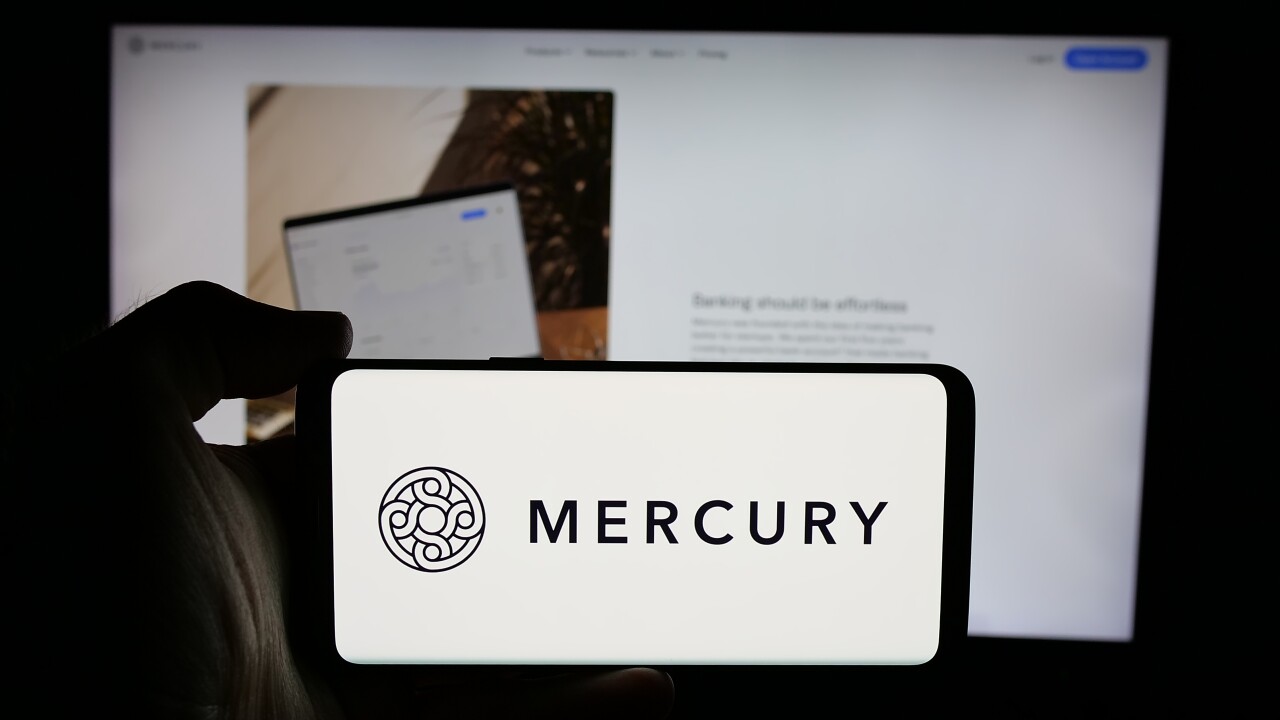That the payments landscape is dynamic is news to no one but the paradox at the core of it may escape the average observer. The demand for simplicity by consumers and businesses is making things more complex.
More payment end points, payment types and disruptive innovation on the front end means a greater challenge in the back where the work is done to approve, clear and settle transactions. There have been a number of developments that have supported as well as attempted to mitigate the effects of this paradox.
Mergers and acquisitions among financial institutions have largely been the focus of consolidation the past two years, but vendor consolidation in 2019 stole back the conversation. In fact, the Fiserv-First Data, FIS-Worldpay and TSYS-Global Payments deals represent what may be the pinnacle of the rush to scale that has been going on in this particular part of the industry for years.

What makes these combinations stand out from their predecessors is the sheer size – in every case – of the players involved, which markedly stands to reduce the level of market competition. It is not a stretch to suggest that the result of this will be loss of leverage in contract negotiations for banks and credit unions, of most any size, doing business with these behemoths.
It would be wise for these institutions to not hasten to strike new agreements with these players, especially if existing terms are favorable, but see how things play out in the months following the deals' closing.
As more consumers increasingly prefer their phone or tablet to buy and pay for goods and services, it is only natural for the number of mobile payment transactions to continue setting new record highs. The IMARC Group anticipates that mobile payments will reach an annual total transaction value of $3 trillion in 2024 – from roughly $881 billion this year. Other research suggests that mobile devices currently influence more than half of every dollar spent as consumers use them to research prior to purchase.
This influence may range from price checking to making the actual purchase, but the role of the mobile device in facilitating commerce is irrefutable.
It would be wise for those entities involved in facilitating the consumer’s desire to consume to take a step back and consider the potential impact of this trend over the long term.
To date, it seems most players are playing “catch up” and/or a short term “set and forget” game. It’s getting late early; do you know where your mobile payments’ strategy is?
Speaking of the lack of a longer term view in the face of industry developments, enter the mobile/digital wallet. Allegedly, a resurgence on this front may be forthcoming – this time primarily offered by financial institutions themselves.
Somewhere someone is beating a dead horse. The chance for banks and credit unions to claim territory in this space was before the surge to Apple Pay. However, this may turn out to be a “positive error” as those that look forward, instead of back, are looking at the impact voice assistants can have on reducing the last vestiges of friction in the payments for goods and services. Other financial institutions are also introducing their own voice assistants. A mobile voice assistant could not only help the consumer purchase something but could proactively arrange for them to execute payments once voice authentication is granted.
Of course, just as it was the case with digital wallets, BigTechs will have a say in how this evolves. However, if the BigTechs are not willing to “play nice” – i.e., to integrate bank-created virtual assistants, it likely will have a deleterious impact on their relationships with their customers.
In 2018, the installed base of voice-activated smart devices grew 39.8% with 66.4 million Americans owning one or more. The potential friction from using an institution’s app versus the Alexa or Google Home 3 feet away will be a deal-breaker for both.
Financial institutions’ supplier relationships are only becoming more complicated, as their reliance on technology also becomes more far-reaching – and necessary. Meanwhile, the imprints of vendor consolidation, mobile payments proliferation and voice enablement are continuing to ensure there is “a whole lot of shaking going on” in our industry.
Financial institution leaders must study the market, vet new alternatives and consider their options for payments optimization wisely. Most importantly, these leaders and their institutions must pause from the daily to consider the strategic – beyond next quarter’s results.





